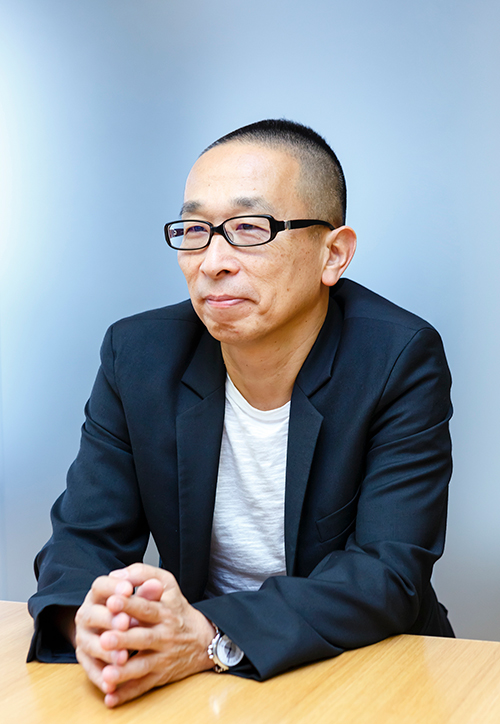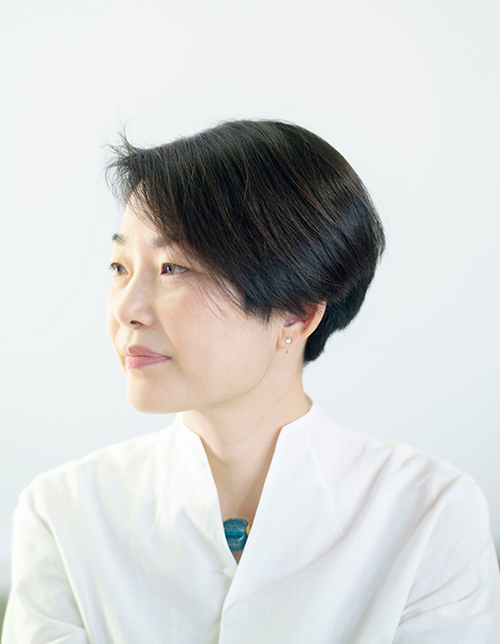contents
Directors
The place-name Tono refers to the eastern part of the ancient province of Mino. Since the 7th century this area has developed into one of the world's leading conglomerations of ceramic production. Sites are mostly found in western Tono and the surrounding regions of Gifu Prefecture, especially Tajimi, Toki and Mizunami cities. Ceramics made here are collectively known as Mino ware, and items produced range from tableware and artwork to building materials and parts for precision equipment. Established companies have a host of specializations, from miners of raw clay, to kilns engaged in productions, and trading companies managing distribution. Diversity in technique and function make Tono a microcosm of the history and development of Japanese ceramics. However, this variety makes Mino ware hard to define.
To solve Mino's categorizational ambiguity, back in 2014 Taku Satoh and Mari Hashimoto organized an exhibition "The Art of the RAMEN Bowl," at Design Gallery 1953, Matsuya Ginza. Even those who eat ramen daily hardly know that some 90% of ramen bowls are produced in western Tono. Satoh and Hashimoto aimed to raise awareness, and promote a sense of proximity with Mino ware. They focused attention on the ramen bowl because of its accessibility, and wide familiarity with its colors and shapes.
Ramen was originally Chinese, but developed into a uniquely Japanese noodle dish. It can be enjoyed as a casual meal out, prepared at home, or even taken to the gastronomic level of Michelin starred restaurants. Ramen consumption is broad. It is also used as emergency food, or eaten in space. Satoh and Hashimoto's idea of a small exhibition about picking up ramen bowls then went global. In 2022, the same exhibition was revived at the LA and Sao Paulo Japan Houses, both international cultural bases and presentation spaces hosted by the Japanese Ministry of Foreign Affairs. For these reiterations, contents were expanded and new artists took part. Ramen history and culture were introduced. A "design anatomy" section was added to analyze ramen bowls and ramen noodles, and dissect them into smaller, constituent elements. Information was included on production bases in Mino.
Preparatory discussions for the 21_21 DESIGN SIGHT exhibition brought another feature to light. This was the cutting-edge spirit found in "designing in clay." This feature is long-standing within the Mino pottery tradition. This key notion figures throughout the exhibition from ramen as ultimate fast food, to clay as "slowest" of all materials with an immense lifespan. 21_21 DESIGN SIGHTʼs exhibition includes as its core exhibit a series of Artist Ramen Bowls and ramen spoon sets, designed by forty different artists, as well as alternative Ramen Stalls, sound experiences related to ramen eating, or the future of pottery bases as embodied by Mino production. We hope visitors will enjoy considering the possibilities of "ramen × design."
Taku Satoh, Mari Hashimoto

Taku Satoh
Graphic Designer, Director at 21_21 DESIGN SIGHT.
Graduated Department of Design, Tokyo University of the Arts, 1979. Completed Master's Degree, Graduate School, same university, 1981. Design activity centers on poster graphics, commodity and facility branding, and corporate identity. Representative works include Lotte XYLITOL gum, Meiji Oishii Gyunyu. Also in charge of overall supervision for NHK Educational TV programs "Design Ah!" and "Design Ah! neo." Author of "Sosuru shiko" (plastic thought, Shinchosha), "Māku no Hon" (book of mark, Kinokuniya shoten), "Just Enough Design" (Chronicle Books). Awards include Mainichi Design Prize, Minister of Education's Art Encouragement Prize, Medal with Purple Ribbon. President of Kyoto University of the Arts from April 2025.

Mari Hashimoto
Art and science producer, writer. Director of the Opening-Preparation Room for Kankitsuzan Museum at the Enoura Observatory, Odawara Art Foundation. Visiting Professor at Kanazawa Institute of Technology. Japanese Cultural Supervisor for on-line game "Toukenranbu." Diverse professional activities range from contributions to newspapers and magazines, to commentating, curating and consulting on art-related TV programs. Recent publications include "Kazaru Nihon" (Japan ornamented; Iwanami Shoten, 2021). Co-authored work includes "Toshokan wo tateru, Toshokan de kurasu, Hon no tameno ie-zukuri" (Building a library, living in a library: house-making for books; Shinchosha, 2024), "Sekai wo kaeta shomotsu" (Books that changed the world; Shogakukan, 2022). Curatorial work includes exhibition, "Hokusai zukushi" (All about Hokusai; Tokyo Midtown, 2021). Serves as a member of External Evaluation Board for National Museums (Agency for Cultural Affairs), and member of NHK Central Broadcast Program Council.

